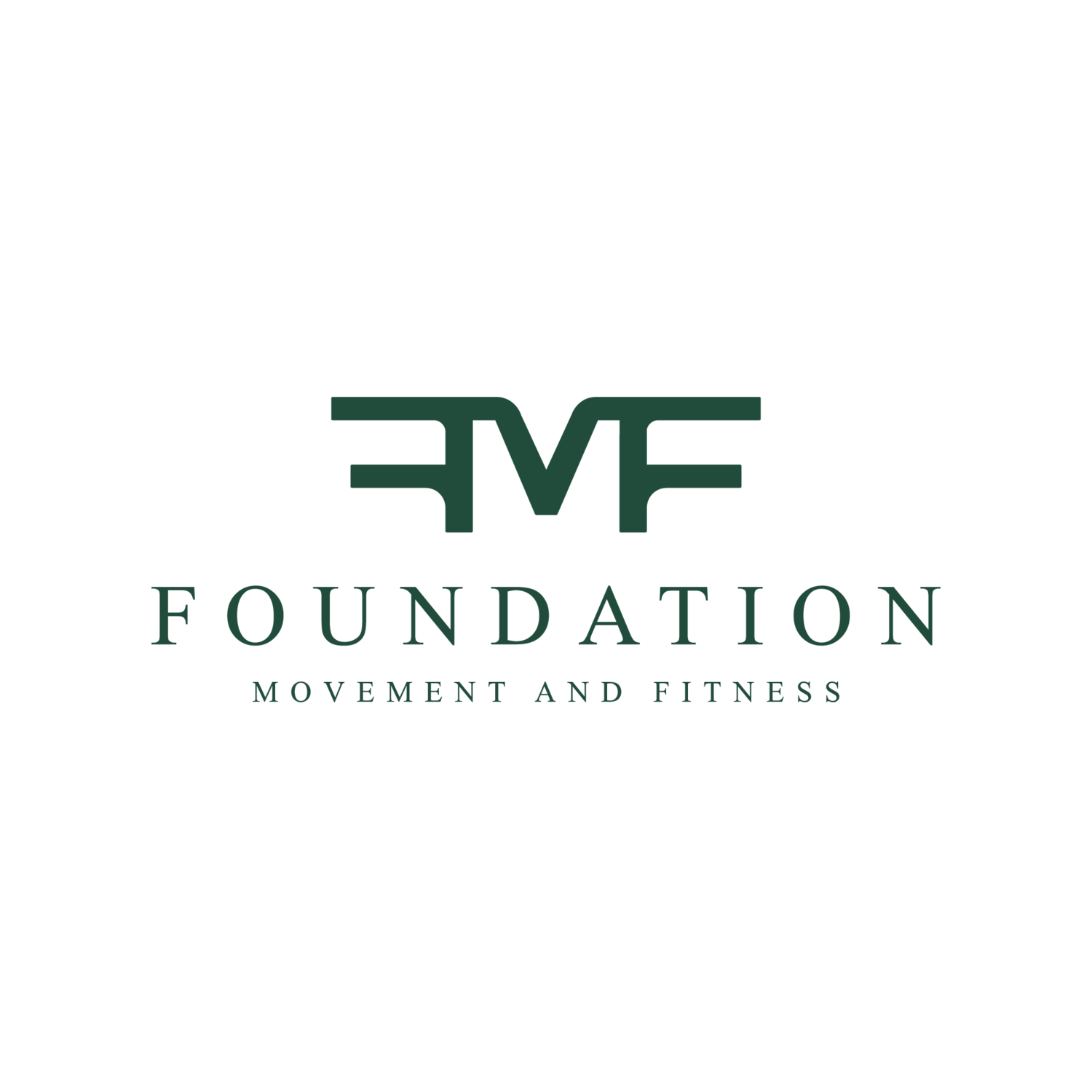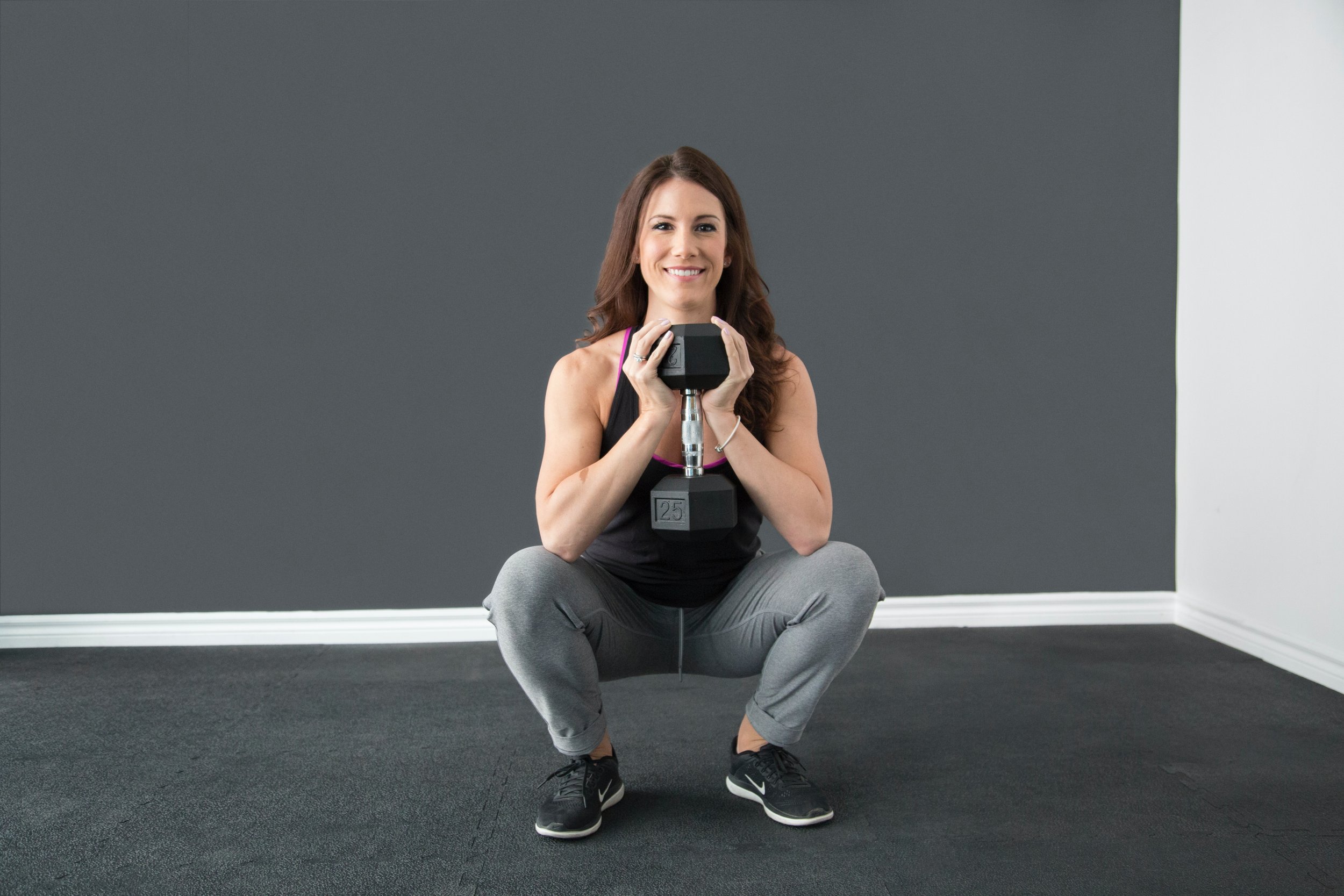Mobility - You’ve heard of it
But what about STAbility?
I’ve noticed that mobility is a hot topic right now and I love that because it’s definitely super relevant this entire past year because everyone went from being anywhere from super active to baseline active to pretty much completely INACTIVE!
So naturally everyone is getting tight hips and shoulders feeling like a hunch back and walking around with joints cracking at every step. Because that’s what happens when you have a more sedentary lifestyle.
Hence why people are putting out courses and discussing mobility to restore that range of motion that’s been lost within your joints and to subsequently reduce some of those aches and pains that might be showing up as well.
There’s so much to talk about when it comes to mobility but one of the big points I want to emphasize in today’s email is that mobility DOESN’T exist alone! Mobility has a best friend named stability and it’s very important that we understand this when working on improving mobility. There is a lovely and simple graphic that I think is super helpful for understanding what joints need what. They almost perfectly go every other from joint to joint and from head to toe. However some joints actually require BOTH to move properly.
So if you’re looking at the human body skeleton from bottom to top our joints are supposed to have certain functions.
Now realistically each joint does need a little bit of both and sometimes you have cases where, for example, a knee joint is actually fine stability wise but barely has any range of motion in which case it actually needs to gain more mobility. But in general this is what our joints should really look like.
So while mobility is really important and fun, it’s also important to know where and why you’re practicing and try to improve mobility so that you aren’t attempting to demand mobility from a joint that really needs more stability training rather than mobility. A great example of that is in the lumbar spine. While our hips are meant to be mobile, the lumbar spine is meant to be stable and you’ll see a lot of people doing rotational movements out of their lumbar spine instead of from their hips causing the lumbar spine to become loose and unstable which quickly leads to low back pain.
We are also posting a really interesting blog that goes deeper into this talking about form and function and how anatomically our different body parts were SPECIFICALLY designed to do different things simply based on what they look like structurally. It’s actually a super simple biological concept that we break down.
Don’t forget to go follow our Instagram to get daily interesting content on health, movement, and a little bit of fun and silliness.
If you’re interested in working on improving your mobility safely to decrease pain and stiffness while working on restoring stability and strength where needed. Book your consultation on our website to have personalized posture analysis and a program designed to fit your needs specifically.
See you soon!
Your postural movement specialists



